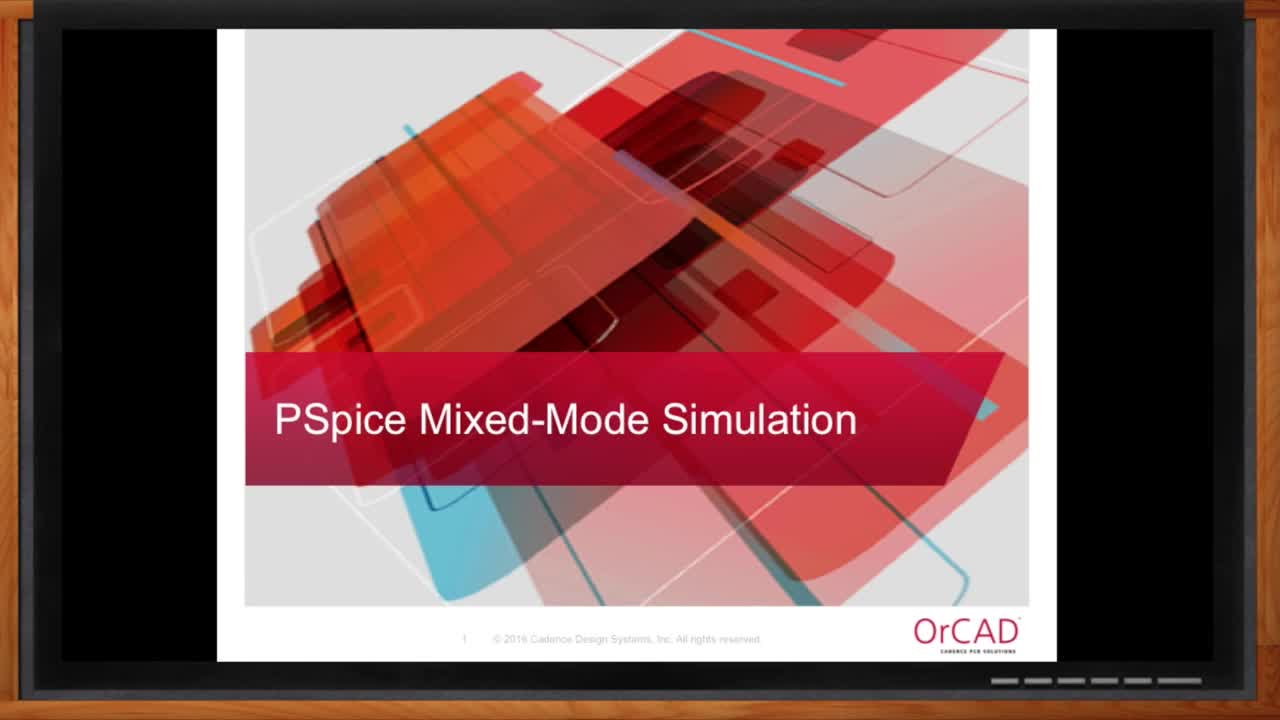Using Impedances in Parallel to Maximize PCBA Power Transfer
Key Takeaways
-
Why is impedance design important for PCBA layout?
-
What is PCBA maximum power transfer?
-
How to use impedances in parallel for maximum power transfer.
The essential three Cs for PCBA design.
I have heard that all problems are solvable, and I concur, provided that you have the requisite knowledge, ample time, and the right tools. Lacking any of these can derail or delay reaching the finish line. However, it is probably safe to say that not having adequate tools is the most troublesome. This fact is obvious for many who have been forced to do without the requisite tools of their trade this year as we all strive to find a balance between productivity and safety. Yet for some of us, what tools are truly essential has become much clearer.
PCBA designers and engineers are fortunate in the tools needed to create outstanding circuit boards. What is needed is a computer, a cell phone, and last but perhaps not least, a good supply of coffee. These essential three Cs are the indispensable tools of the trade. Of these, the computer, or more accurately the circuit design software you use, is the most critical. Just as these simple or common devices enable you to design circuit boards, common components can determine how well your board operates. Let’s take a look at how components used to form impedances in parallel can impact power transfer on and from your PCBA.

Why is Impedance Design Important for Circuit Board Layout?
Recalling from circuit analysis theory, there are two domains in which your circuit layout can be developed. That is the time domain and frequency domain. In the time domain, analysis necessitates the utilization of derivative and integral calculus for common component properties such as resistance, capacitance, and inductance. In the frequency domain, the properties of these components can be expressed as phasors or frequency-based vectors that have an amplitude and a phase shift away from some reference or fundamental angle, which can be evaluated using basic arithmetic operations. The table below illustrates these relationships.
As shown in the third column of the table above, the voltages for a resistor, inductor, and capacitor can all be determined by simple multiplication of the component’s current by a parameter that incorporates the resistance, inductance, or capacitance, respectively. This parameter is the component’s impedance, which can be in the polar or phasor form below.
For circuit board layout, it is most common to be concerned with the impedance of a trace, layer, or connection. Any of these can be expressed as the vector sum of the resistance and reactance. The latter of which is comprised of capacitance and inductance, as:
Noting the angular relationship between the component impedances represents a right triangle that allows us to employ the Pythagorean Theorem and obtain the general phasor form for any impedance as:
This is a simple closed-form equation for determining impedance. The importance of impedance for board layout lies in the fact that it can be used to control the voltages and currents of your PCBA layout as the following equation shows:
V = I · Z
This is very important for minimizing PCBA power losses.
Minimizing Power Loss on PCBAs
One of the most challenging tasks when designing circuit boards is to maximize signal integrity, which is a basic determinant for the quality of operation of your board. If components, devices, and modules cannot accurately identify signals, your board cannot perform its designated function(s) correctly. Although frequency (speed) is indeed important, especially for band-limited high-frequency signal transmission, signal strength or power is probably more so. And designing your board layout to minimize power losses is a major consideration.
Power losses may occur along or between any signal routes of your PCBA layout. The best way to minimize the undesirable effects associated with these losses, such as erroneous behavior and loss of functionality, is to maximize the power transfer along circuit traces and transmission paths. Maximum power transfer is applicable to all types of board signal transmission and typically depends upon the matching of impedances between the source and destination (load), circuit or path (transmission line), and destination circuit.
Impedance matching networks can be easily determined by representing the source as either an equivalent Thevenin series or Norton parallel circuit, where the reactive effects have been canceled by design. The simplified results are shown below:
Equivalent circuits for maximum power transfer.
IMG: Thevenin and Norton Equivalent Circuits.jpg in Cadence | Software Images/Power.
With the circuit configurations above and the load requirements, your board transmission lines can be designed for maximum power transfer. Now, let’s take a look at how to use design tools to maximize power transfer for impedances in parallel.
Maximizing Power with Impedances in Parallel
A common situation when routing circuit boards is the need to run parallel signal traces between source and destination where the lengths are unequal, perhaps due to the need to route around components or other board elements. To maximize power transfer and signal integrity in these cases it is necessary to apply meandering, which is the extension of shorter routes such that the transmission lines have similar impedances, as shown in the figure below.
Using meanders to match parallel trace impedances.
Accurately matching trace impedances requires that your PCB design package includes not only the auto-routing capability of matching trace lengths but also the ability to analyze trace impedance values.
With Cadence’s PCB Design and Analysis software, these functionalities are inherent and integrated. Moreover, the Analog/Mixed-Signal Simulation capabilities of PSpice allow for the fine-tuning of impedance parameters to the desired degree of accuracy necessary for your design.
If you’re looking to learn more about how Cadence has the solution for you, talk to us and our team of experts.